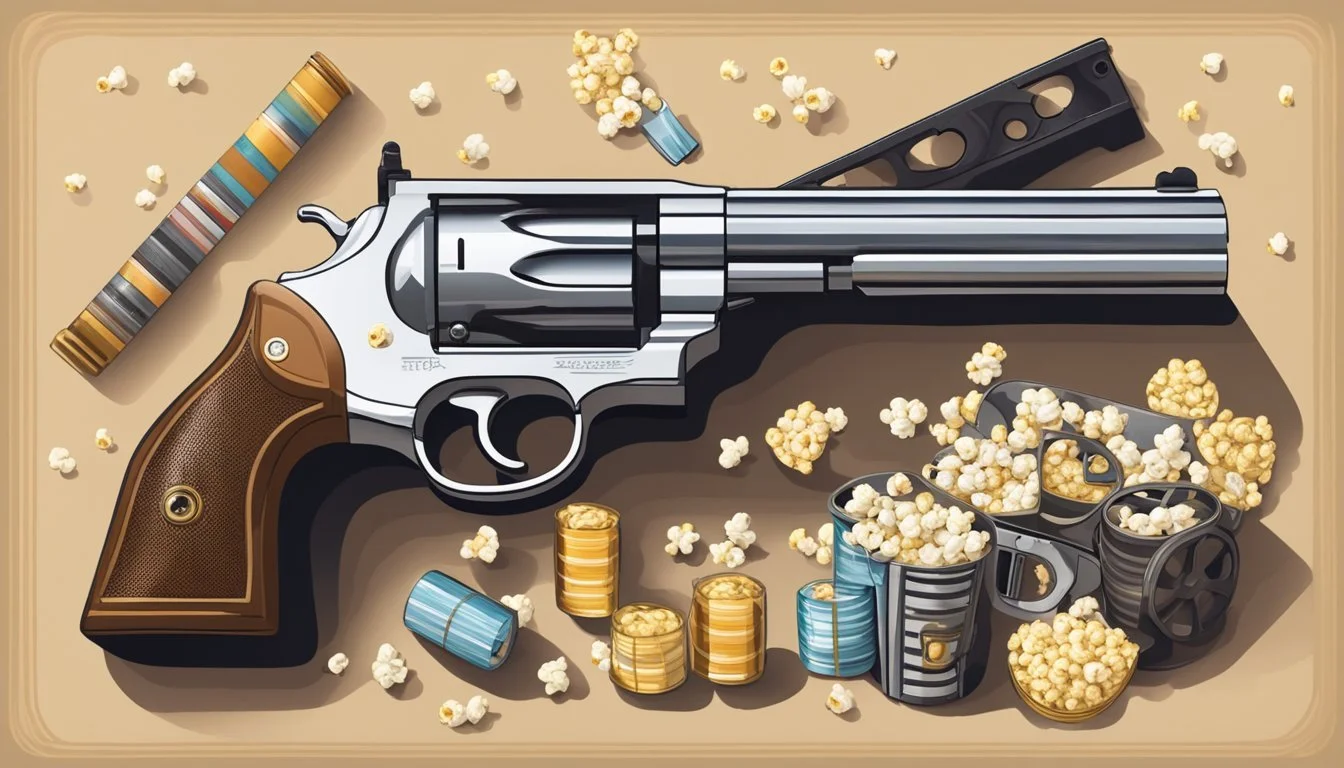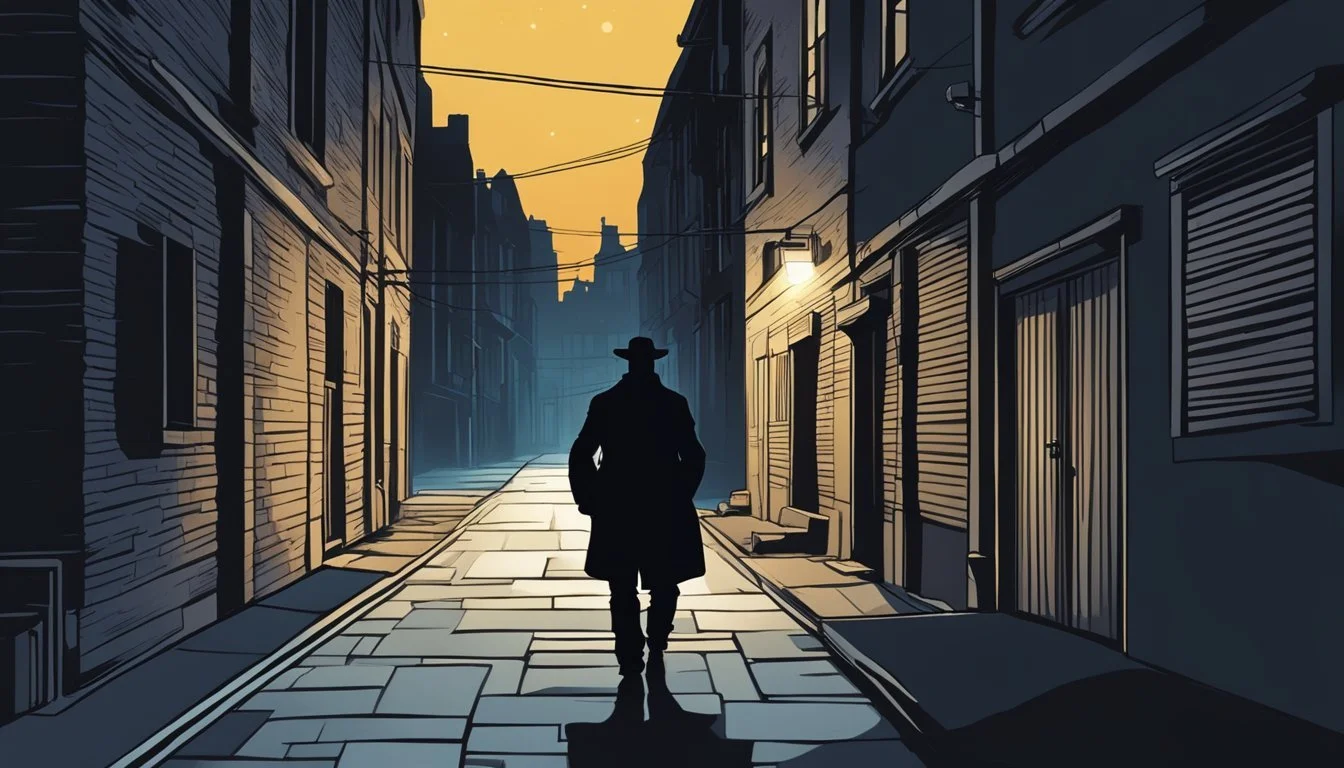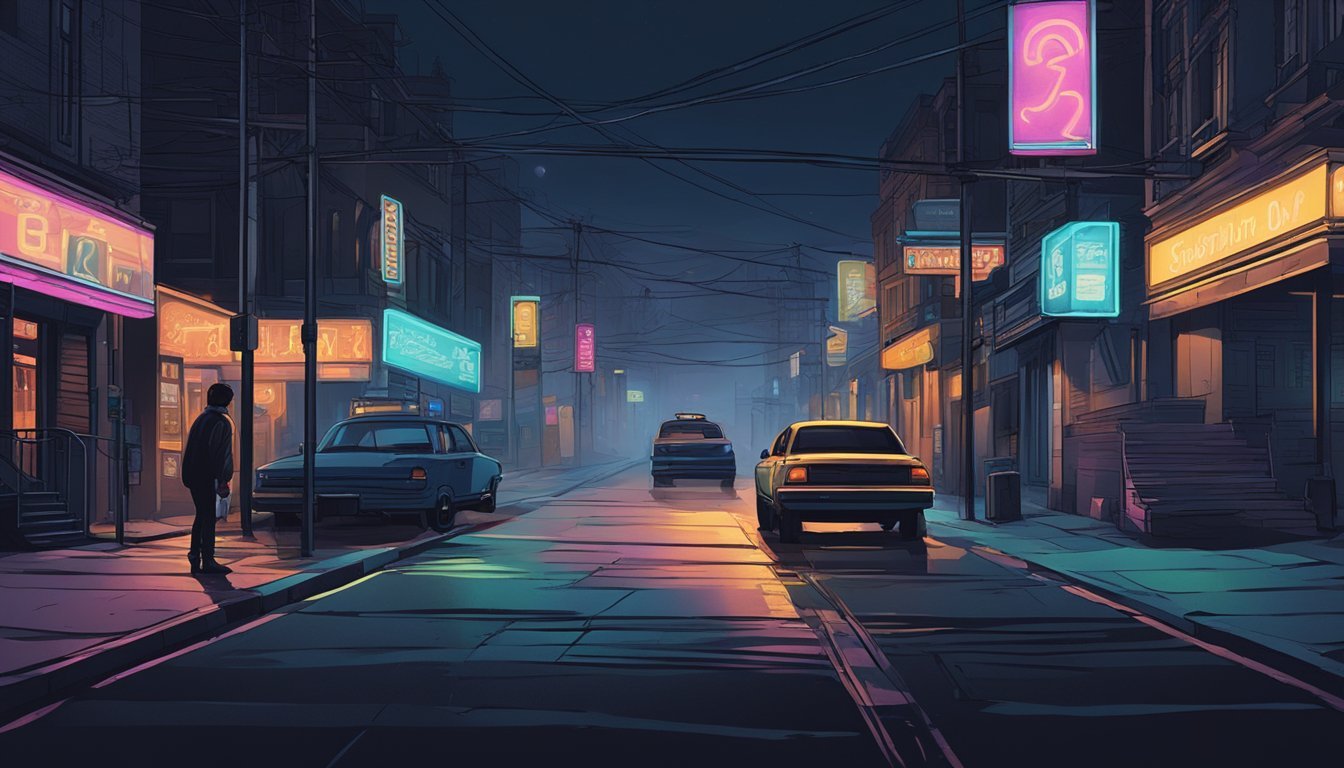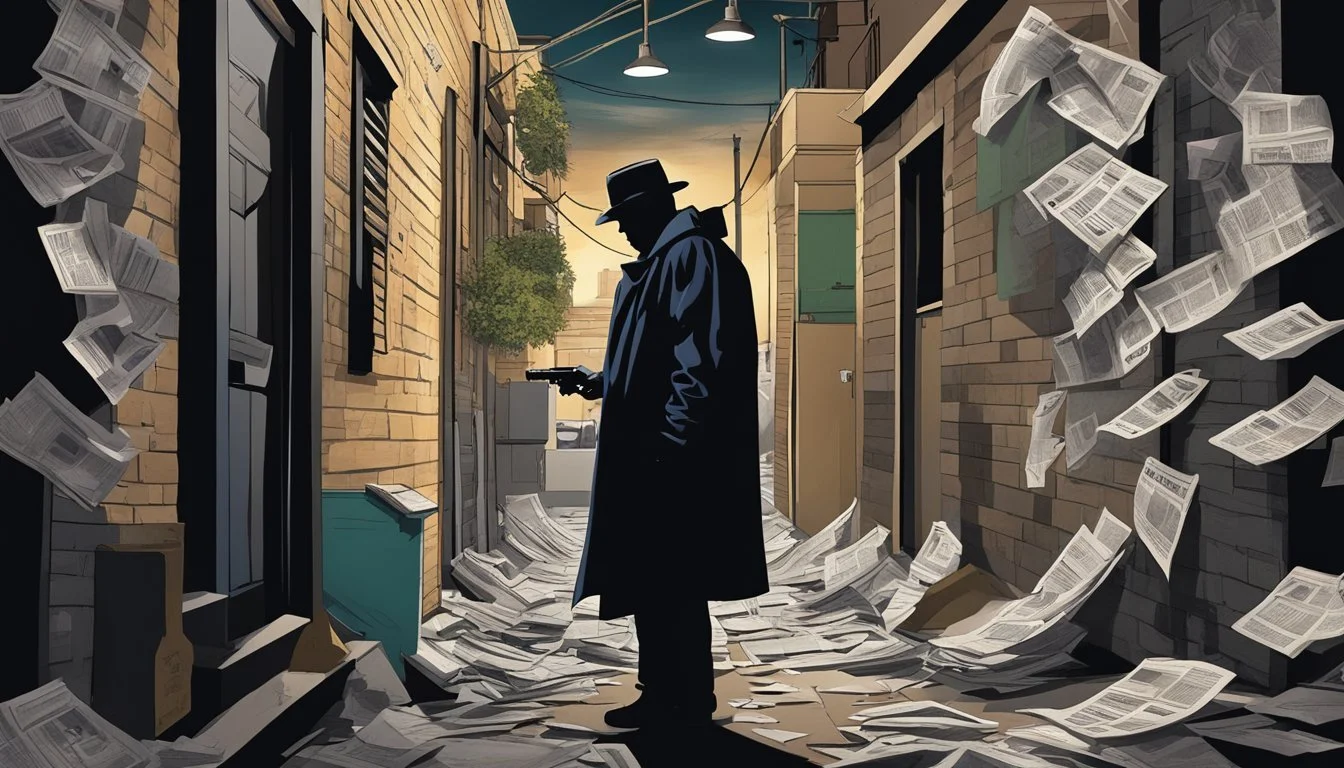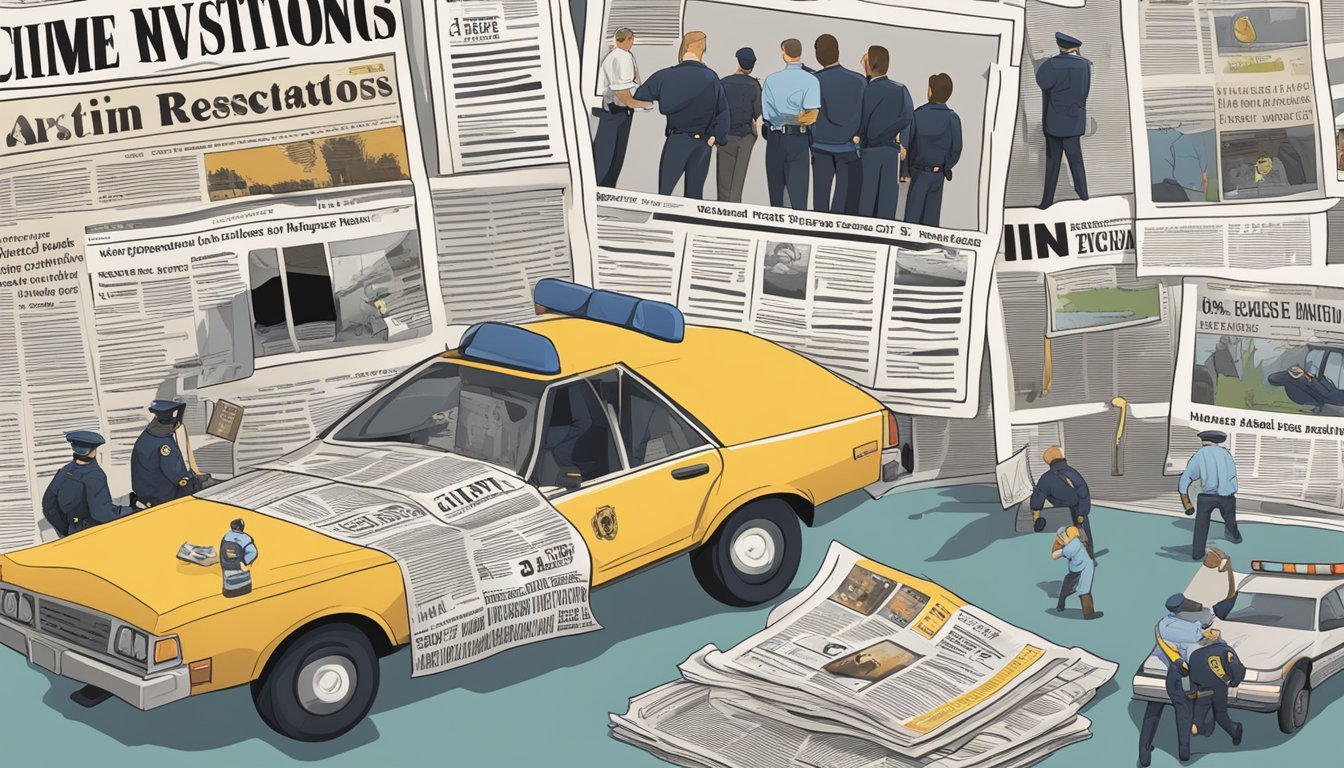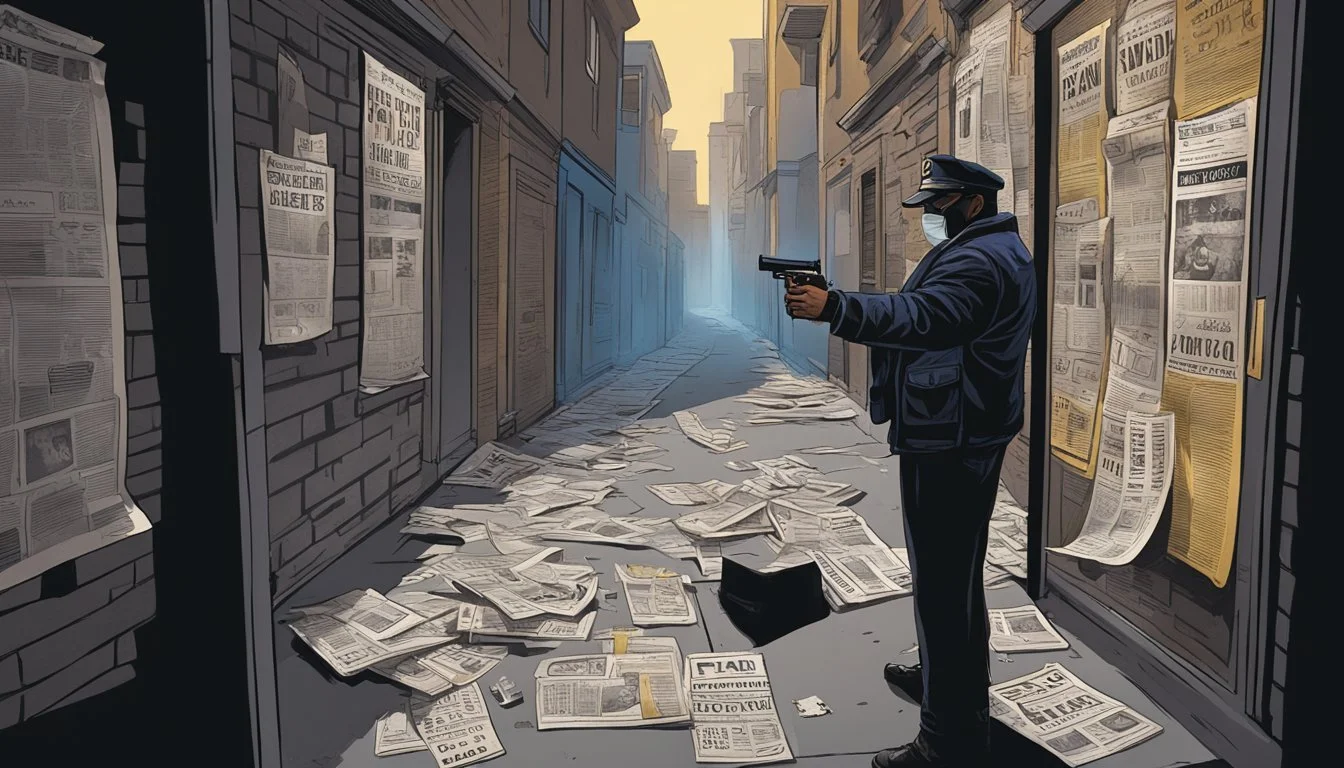Joseph Christopher: 4 Gripping Films on the .22-Caliber Killer
Exploring True Crime Cinema
Joseph Christopher, known as the .22-Caliber Killer, terrorized Buffalo, New York in the early 1980s with a series of racially motivated murders. His brutal crimes shocked the community and sparked a massive manhunt that gripped the nation's attention. Christopher's deadly spree and eventual capture have since become the subject of true crime documentaries and films.
Four compelling films explore the chilling case of Joseph Christopher, offering viewers a glimpse into the mind of a serial killer and the investigation that brought him to justice. These productions delve into the details of Christopher's crimes, the impact on his victims' families, and the law enforcement efforts to track him down. Through interviews, reenactments, and archival footage, the films provide a comprehensive look at one of America's most notorious racial killers.
1) Zodiac (2007)
Zodiac is a critically acclaimed mystery thriller directed by David Fincher. The film chronicles the hunt for the infamous Zodiac Killer who terrorized Northern California in the late 1960s and early 1970s.
Jake Gyllenhaal stars as Robert Graysmith, a cartoonist who becomes obsessed with solving the case. Mark Ruffalo and Robert Downey Jr. portray police detective Dave Toschi and journalist Paul Avery respectively.
The movie meticulously recreates the era and the investigation, drawing from Robert Graysmith's non-fiction books. It explores the psychological toll the unsolved case took on those involved.
Fincher's direction brings a tense, brooding atmosphere to the story. The film's attention to detail and focus on the procedural aspects of the investigation set it apart from typical serial killer thrillers.
Zodiac received praise for its performances, cinematography, and historical accuracy. It offers a compelling look at one of America's most notorious unsolved criminal cases.
[https://www.imdb.com/title/tt0443706/]
2) Summer of Sam (1999)
Spike Lee's "Summer of Sam" is a crime thriller set against the backdrop of the 1977 Son of Sam murders in New York City. The film focuses on the residents of an Italian-American neighborhood in the Bronx during this tense period.
John Leguizamo and Adrien Brody star as Vinny and Richie, two friends caught in the paranoia and fear gripping the city. Mira Sorvino and Jennifer Esposito play significant roles as their romantic partners.
The movie explores themes of mistrust and scapegoating as the community becomes increasingly anxious about the killer's identity. Lee portrays the cultural shifts of the late 1970s, including the rise of punk rock and disco.
While not directly about Joseph Christopher, "Summer of Sam" provides insight into the impact of serial killers on urban communities. The film captures the atmosphere of fear and suspicion that often surrounds such cases.
"Summer of Sam" received mixed reviews upon release but has since gained recognition for its portrayal of a pivotal moment in New York City's history.
3) The Deliberate Stranger (1986)
The Deliberate Stranger is a two-part television movie that aired on NBC in 1986. While not about Joseph Christopher, it depicts another notorious serial killer - Ted Bundy.
Mark Harmon stars as Bundy in this adaptation of Richard W. Larsen's book. The film chronicles Bundy's crimes from 1974 to 1978, when he murdered numerous women across multiple states.
Filming took place in locations including Salt Lake City, Utah State Prison, and Seattle. The movie omits Bundy's early life and first six known victims, focusing instead on his later crimes and capture.
The Deliberate Stranger received praise for Harmon's chilling portrayal of Bundy's charismatic yet sinister personality. It offers insight into how Bundy used his charm and good looks to lure victims.
While not directly related to the .22-Caliber Killer, this film provides a compelling look at another infamous American serial killer from the same era.
https://www.imdb.com/title/tt0090925/
4) 10 Rillington Place (1971)
10 Rillington Place is a chilling British crime film directed by Richard Fleischer. The movie portrays the real-life case of serial killer John Christie, who committed his crimes at the titular address in London.
Richard Attenborough delivers a haunting performance as Christie, capturing the killer's eerie demeanor and manipulative nature. The film also stars John Hurt as Timothy Evans, a man wrongly convicted of murders committed by Christie.
Set in post-World War II Britain, the movie meticulously recreates the grim atmosphere of 10 Rillington Place. It explores Christie's methods of luring and murdering his victims, as well as the tragic miscarriage of justice that led to Evans' execution.
The film's strength lies in its restrained approach to the horrific events. It relies on psychological tension rather than graphic violence to convey the true horror of Christie's crimes.
10 Rillington Place stands as a significant entry in the true crime genre. It offers a sobering look at one of Britain's most notorious serial killers and the failures of the justice system.
Background of Joseph Christopher
Joseph Christopher was a serial killer who terrorized Buffalo, New York in 1980. He became known as the ".22-Caliber Killer" due to his weapon of choice. Christopher's actions were fueled by severe mental illness and racial hatred.
Early Life
Joseph Christopher was born in 1955 in Buffalo, New York. He grew up in a working-class family and attended local schools. As a child, Christopher was described as quiet and withdrawn. He struggled socially and academically.
After high school, Christopher joined the U.S. Army. He served for less than two years before being discharged in 1980. His time in the military was marked by disciplinary issues and poor performance.
Psychological Profile
Christopher suffered from paranoid schizophrenia. He experienced delusions and heard voices telling him to kill. His mental state deteriorated rapidly in 1980.
Christopher harbored intense racial prejudice. He targeted African American victims exclusively. Experts believe his racism combined with his mental illness to fuel his violent actions.
Two weeks before his killing spree, Christopher sought psychiatric help. He was turned away from a mental health facility. This missed opportunity for intervention had tragic consequences.
Criminal Activities and Modus Operandi
Joseph Christopher's killing spree shocked Buffalo and New York City in 1980-1981. His attacks targeted African American men using a distinctive weapon and method.
.22-Caliber Attacks
Christopher began his murders on September 22, 1980, in Buffalo. Over 36 hours, he killed four African American males using a .22 caliber sawed-off Ruger 10/22 rifle hidden in a paper bag.
His first victim was 14-year-old Glenn Dunn, shot outside a supermarket. Christopher continued targeting Black men in Buffalo and nearby areas.
He later moved his attacks to Manhattan, expanding his victim profile to include one Hispanic man. In total, Christopher murdered at least 12 people during his five-month rampage.
Investigation and Capture
The string of shootings led media to dub the perpetrator the ".22-Caliber Killer." Law enforcement initially struggled to connect the crimes across different locations.
Investigators examined the killer's modus operandi, focusing on the consistent use of a .22 caliber weapon and the targeting of minority victims. This helped link the Buffalo and New York City attacks.
Christopher had sought psychiatric help weeks before his first murder but was turned away. His mental state likely played a role in the crimes. After months of investigation, authorities eventually identified and apprehended Joseph Christopher, ending his deadly spree.
Media Coverage and Public Reaction
Joseph Christopher's killing spree in 1980 sparked intense media coverage and public fear in Buffalo and beyond. Local newspapers and television stations provided regular updates on the investigation and manhunt.
The murders received national attention, with major outlets like The New York Times reporting on the case. Headlines often referred to Christopher as the ".22-Caliber Killer" due to his weapon of choice.
Public reaction was one of shock and panic, particularly within Buffalo's Black community. Many African American residents feared leaving their homes or walking alone. Some formed neighborhood watch groups for protection.
Law enforcement faced criticism for their handling of the case. Community leaders accused police of not taking the murders seriously enough initially. This led to increased patrols and a dedicated task force.
The racial nature of the crimes heightened tensions in Buffalo. Civil rights organizations called for swift action to apprehend the killer and protect Black citizens. Public meetings and rallies were held to address community concerns.
As the investigation dragged on, frustration grew. Media coverage focused on the police's struggle to identify and capture the perpetrator. This fueled public anxiety about the killer potentially striking again.
Impact on Society and Legal Repercussions
Joseph Christopher's crimes shook communities and prompted changes in law enforcement practices. His case also left an imprint on popular culture, influencing media depictions of serial killers.
Changes in Law Enforcement Approaches
Christopher's killing spree exposed vulnerabilities in existing policing methods. Law enforcement agencies implemented new strategies to track and apprehend serial offenders.
Improved communication between departments became a priority. Agencies began sharing information more readily across jurisdictions.
Police departments increased diversity training for officers. This aimed to improve community relations and reduce racial bias in investigations.
Profiling techniques evolved to better identify potential serial killers. Behavioral analysis units gained prominence in major police departments.
Influence on Popular Culture
The .22-Caliber Killer case captivated the public imagination. It inspired numerous true crime books and documentaries.
Television crime dramas incorporated elements of Christopher's modus operandi. Serial killer characters often echoed his racially motivated violence.
The case highlighted societal tensions around race and mental illness. It sparked debates on these topics in media and academic circles.
Christopher's crimes influenced horror films of the 1980s. Some movie villains shared similarities with the real-life killer.
Artists and writers explored themes of urban violence through works inspired by the case. This contributed to a broader cultural examination of serial murder.

